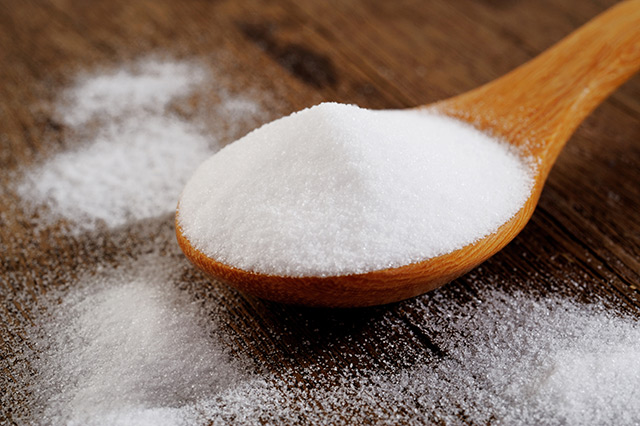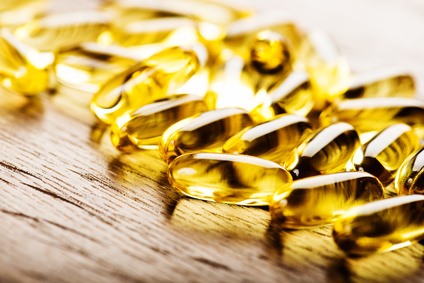Scientists explain how sunscreen can cause harm to coral reefs
05/17/2022 / By Mary Villareal

Scientists have known long ago that sunscreens negatively impact coral reefs, but they weren’t sure why or how – until now.
A group of environmental chemists and biologists finally came up with an explanation for why common chemicals like oxybenzone are causing problems for ocean life. They found that corals absorb oxybenzone and convert them into phototoxins, which then create free radicals that become harmful when exposed to sunlight.
What was known previously, according to the National Oceanic and Atmospheric Administration (NOAA), is that sunscreens tend to wash off human skin as they swim or use the shower, and the harmful chemicals they contain accumulate in corals. They then trigger bleaching events or damage coral DNA.
Djordje Vuckovic, an environmental engineer at Stanford University in California, said the metabolic pathway of corals that are meant to detoxify is actually making a toxin, and they essentially “convert a sunscreen into something that’s essentially the opposite of a sunscreen,” which leads to these bleaching events.
The study started with sea anemones, which the scientists used as a model for coral reefs, which can be difficult to work with when in the lab. Sea anemones, however, have similar structures to coral reefs, including the same relationship with algae that lives in them.
In their study, the researchers placed 21 sea anemones in test tubes of seawater while they set up lights that mimic the sunlight’s full spectrum. Five test tubes were covered with acrylic to absorb the same UV wavelengths with oxybenzone. The anemones were exposed to two milligrams of oxybenzone per liter of seawater.
They found that 0.14 milligrams of oxybenzone per liter of seawater is enough to kill coral larvae, but as much as 1.4 milligrams have been found in the reefs near popular tourist destinations such as the U.S. Virgin Islands. (Related: Sunscreens destroy coral reefs by releasing harmful chemicals that disrupt microorganisms found in water.)
On the sixth day of the experiment, the first sea anemone in the “light” group (not protected by the acrylic box) died. By the 17th day, every sea anemone in the group died.
The experiment, which ran for 21 days, found that all of the sea anemones in the “dark” group (covered by the acrylic box) remained alive.
Upon testing the sea anemones in the light group, the researchers found that their cells replaced a part of the oxybenzone chemical structure, which is an alcohol with a sugar. This prevented the oxybenzone from protecting the anemone against UV light and instead caused it to damage the cells exposed to sunlight.
They also believe that “reef-safe” sunscreens are not really safe. According to the researchers, the chemicals used in alternative “reef-safe” sunscreens contain the same alcohol group as oxybenzone, which means that they could also be converted to phototoxins.
Scientists need deeper understanding of sunscreen products and their effects on the environment
Brett Sallach, an environmental scientist at the University of York, UK, said there has been little research into the potentially toxic effects of the byproducts of some substances in sunscreens, and it is important to track not only the parent compound but also the transformed, potentially toxic compounds.
“From a regulatory standpoint, we have very little understanding of what transformed products are out there and their effects on the environment,” he said.
It is not yet clear how the laboratory-based studies mimic the reality of reef ecosystems. the concentration of oxybenzone at coral reefs can vary widely depending on a number of factors, such as tourist activities and water conditions. Sallach pointed out that these concentrations in the study are more like worst-case exposure rather than normal environmental conditions.
Coral bleaching events can also make the corals more susceptible to sunscreen accumulation and its damaging effects.
Visit OceanHealthNews.com for more insight into coral and marine health.
Watch the video below to know more about what will happen if all the world’s coral reefs disappeared.
This video is from the Smile for Science channel on Brighteon.com.
More related stories:
Sunscreens may be harming fish embryos.
Glitter sunscreen harms both you and the environment, warn experts.
Sources include:
Submit a correction >>
Tagged Under:
chemicals, coral reefs, Cosmetics, Ecology, environment, marine biology, ocean health, oxybenzone, phototoxins, products, research, sunscreen, toxic ingredients
This article may contain statements that reflect the opinion of the author
RECENT NEWS & ARTICLES
COPYRIGHT © 2017 COSMETICS NEWS




















